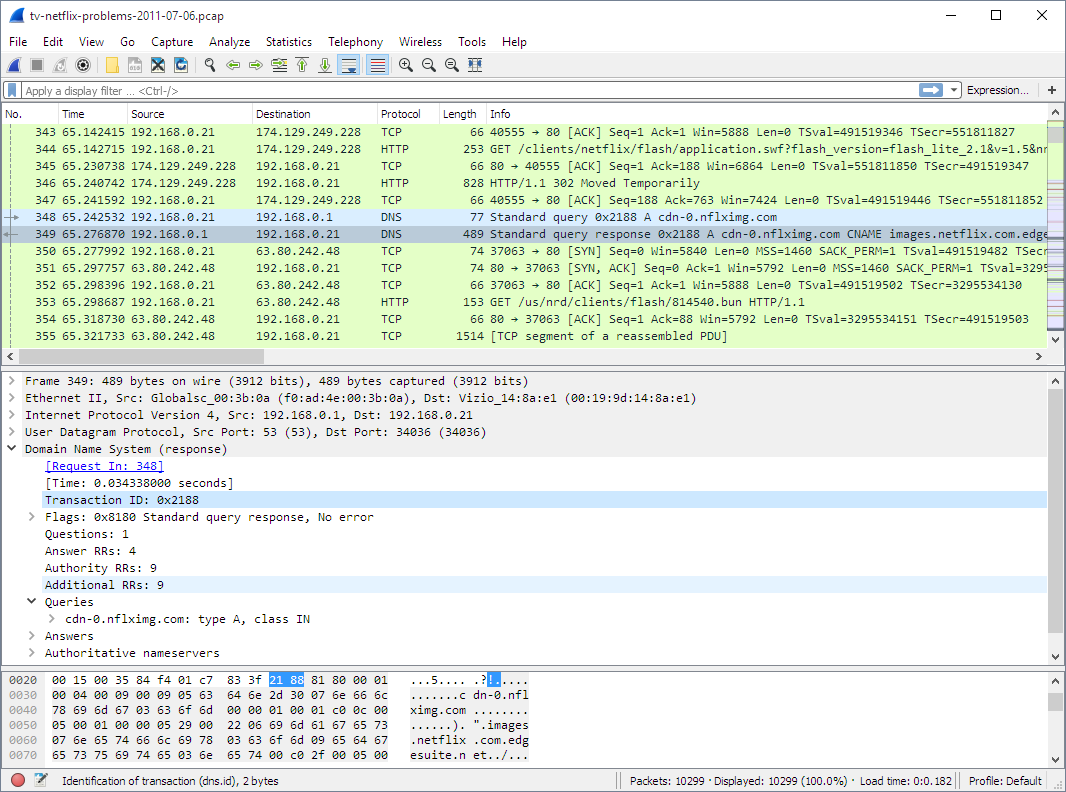
You can get one of these for free from LetsEncrypt (there are plenty of blogs and guides out there to deal with using these as they expire every 90 days).

On the subject of encryption, HTTP2 is largely only supported over TLS (as it's predecessor SPDY was restricted to this), which means if you want to serve it up, you need to use a x509 certificate ("SSL" certificate). But the world has moved on and wants to do more funky things with HTTP, and given the push recently to get everything encrypted, plain-text means little as TLS/SSL are binary anyway - you're not going to be typing encryption out by hand! What does this mean? A plain-text protocol is very easy for us humans to interact with, you can easily open a telnet session to a server and type in your GET request and read the response in plain old ASCII. Chiefly, it is a binary protocol instead of a plain-text one.

It is fundamentally different from HTTP1.1 which is used by most today. You can use OpenSSL to convert the key.HTTP2 is a new protocol for serving web-pages. If it is in binary, then it is likely to be in a DER format, which cannot be used in Wireshark. The private key has to be in a decrypted PKCS#8 PEM (RSA) format. Wireshark can decrypt SSL traffic provided that you have the private key. Make sure to understand what SSL certificates you need.Īs for troubleshooting you might not want to provide others your priv_key of your certificate, there are 2 methods (one for handing out to 3rd party/support and one for your own – last one will be explained here).įirst of all you need to make sure you have a trace which is readable in Wireshark, Citrix has an article about how to do this ( CTX120941). This is useful when troubleshooting Citrix products that use SSL or TLS encryption, in my example to troubleshoot issues with StoreFront.

In Wireshark, the SSL dissector is fully functional and supports advanced features such as decryption of SSL, but only if the encryption key is provided.


 0 kommentar(er)
0 kommentar(er)
